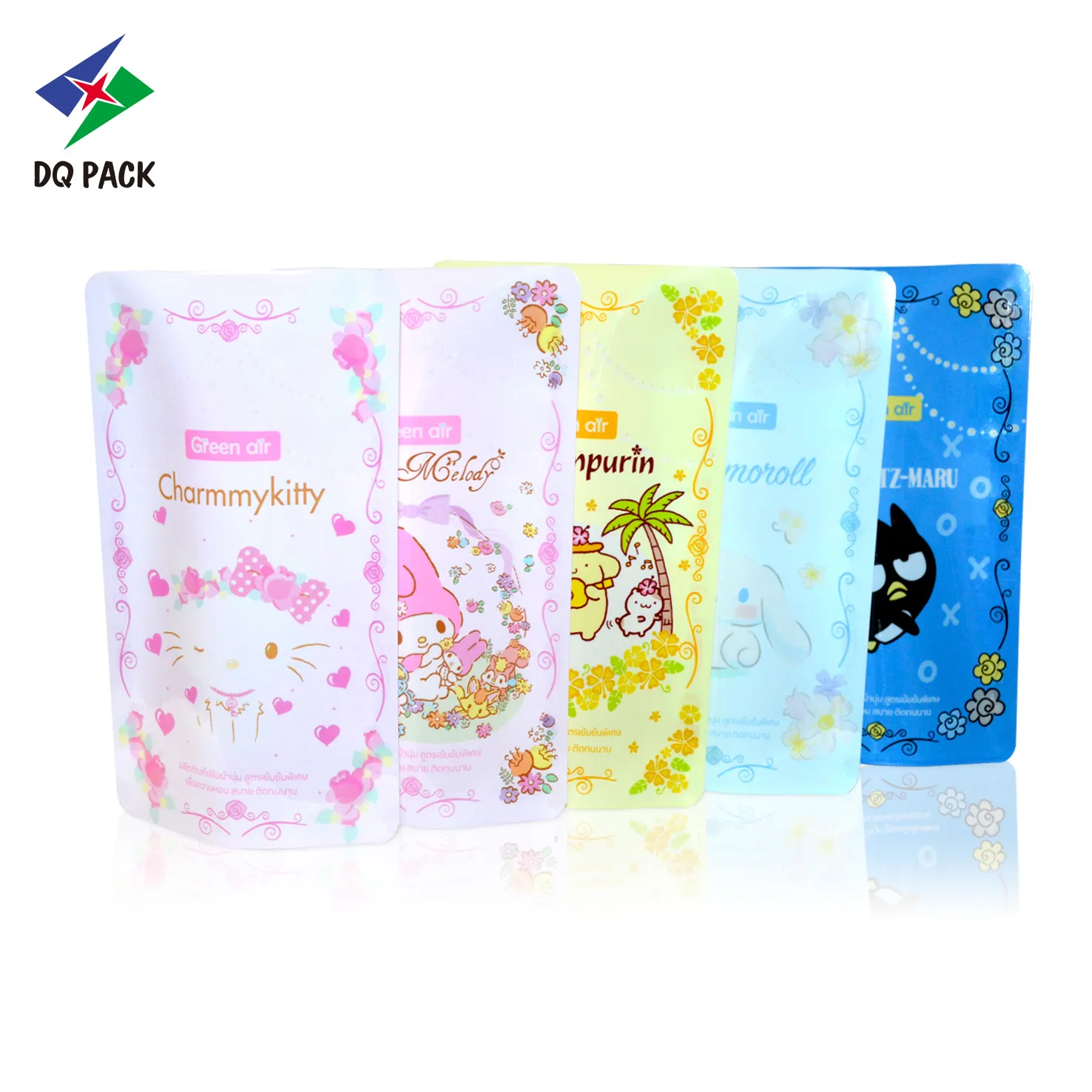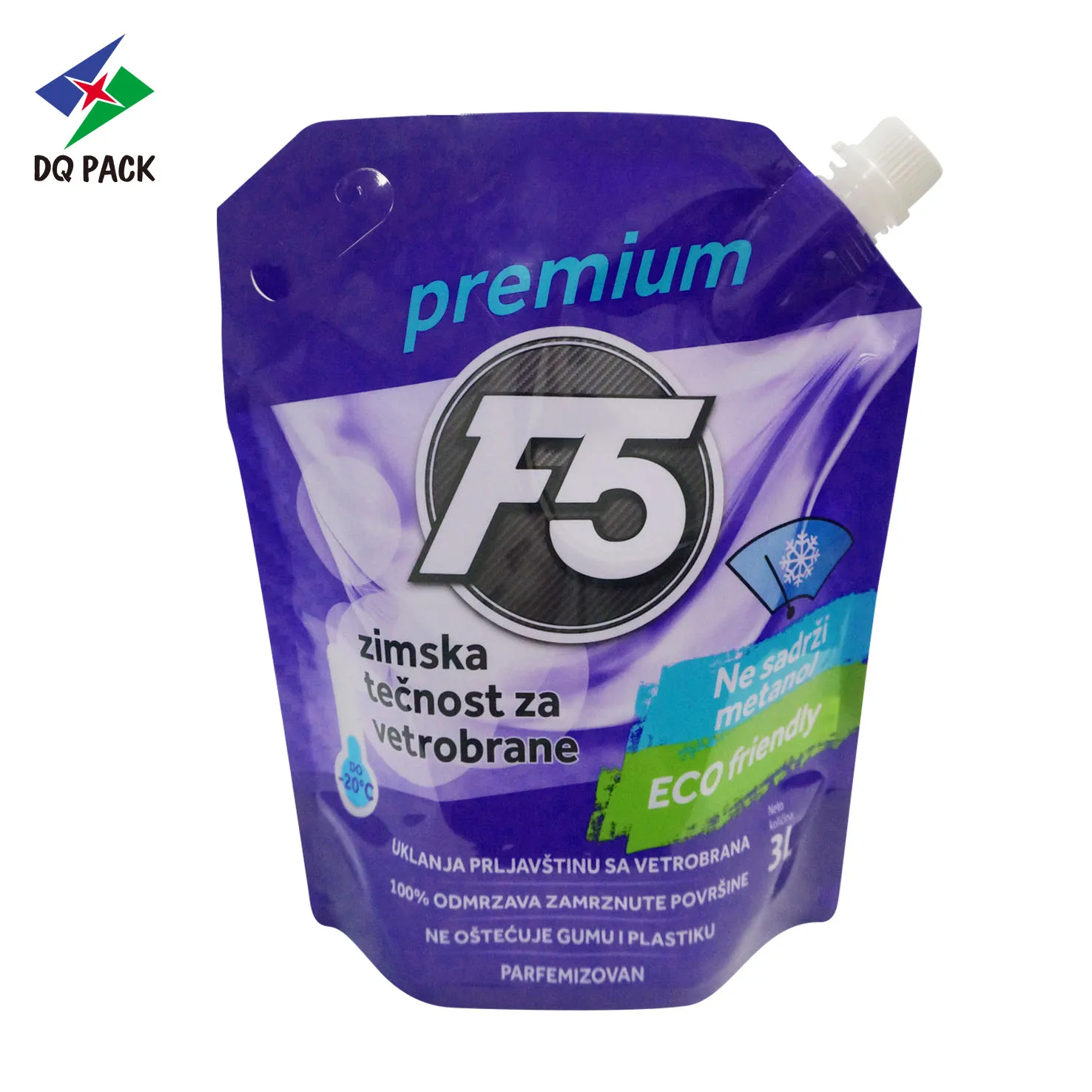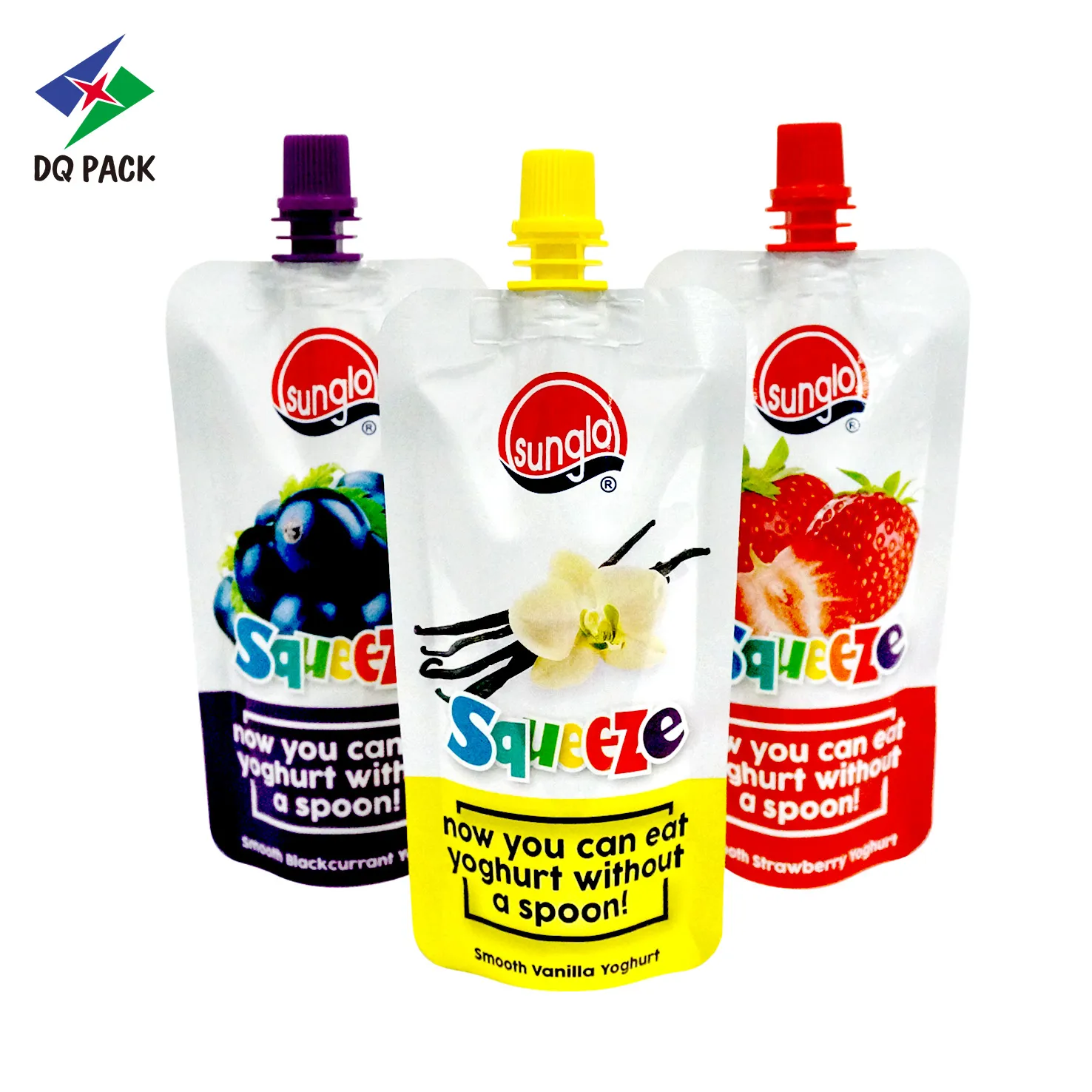When we need product protection, shelf life, and presentation effects, a mylar bag is still one of the most reliable solutions. From roasted coffee, freeze-dried food, to nutritional supplements and electronic products, this packaging bag combines high barrier performance and design flexibility.
The following is a complete and up-to-date guide, delivered by DQ PACK, a leading custom flexible packaging manufacturer, that explains what mylar bags are, their advantages, common specifications, selection criteria, trade-offs in sustainability, and practical tips for branding.
What is a Mylar Bag?
Technically, “Mylar” is a brand for Biaxially-Oriented Polyethylene Terephthalate, also known as BoPET. When people talk about a package being a mylar bag, they are usually referring to a metallized polyester pouch with multiple layers of films for the ultimate barrier and mechanical performance.
These bags are commonly described with the acronym PET/AL/PE (polyester + aluminum/metallized layer + sealant). The PET layer provides tensile strength, is printable, while the metallized layer blocks light and oxygen, and the sealant is a layer inside the mylar bag, usually made from PE, which provides heat-sealability as well as airtight closure.
Overall, the laminated structure adds a better barrier, plus mechanical performance, than single-layer plastics to the mylar bag.

Benefits of Using a Mylar Bag
A mylar bag delivers a compelling mix of performance, convenience, and cost-effectiveness that explains its broad adoption:
- Superior barrier performance. The metallized coating acts as a barrier to oxygen, moisture, and UV light, which are three key factors of product damage.
- Maximizes shelf life. A mylar bag can deliver years of aroma, flavor, and potency when used with oxygen absorbers or nitrogen flushing.
- Excellent mechanical strength. BoPET offers tear and puncture protection that insulates and protects the contents during handling and shipping.
- Lightweight and space-saving. A mylar bag will weigh less and take up less space than rigid containers, reducing shipping costs.
- Versatility and ease of use. Bags are offered in flat, stand-up, zipper, spout, and vacuum form, suited to solid, powder, and some liquid products.
- Strong potential for branding. PET effectively accepts high-quality printing for a premium look and clear instructions.
- Customization. Manufacturing specifications can alter thickness, amount of metallization, and inner sealant for protection vs weight vs cost.
- Compatibility with preservation materials. Use with oxygen absorbers, desiccants, or vacuum sealing for added performance on shelf life preservation.
Note: excellent performance comes with recyclability trade-offs for some laminates.
How a Mylar Bag Protects Contents
Layered function leads to protection. The metallic film reflects light and prevents oxygen and moisture ingress. The PET substrate resists both puncture and abrasion. The inner sealant (heat-sealed), creates an airtight seal.
For sensitive products, nitrogen flushing during the filling process, or including oxygen absorbers, reduces the remaining oxygen to traces, creating an inert microenvironment where oxidative damage is reduced significantly.

Common Formats and Use Cases
- Flat pouches: Low-cost option for samples and small items.
- Zipper pouches: Resealable for snacks, coffee, and supplements.
- Stand-up pouches: Bottom gusseted for retail shelf presence.
- Flat bottom pouches: Box-like base for a premium look and stacking efficiency.
- Vacuum-sealed bags: For long-term storage and emergency rations.
- Anti-static Mylar: For electronics and static-sensitive components.
Industries: specialty coffee, freeze-dried foods, nutraceuticals, pet food, pharmaceuticals, emergency food supply, and electronics.
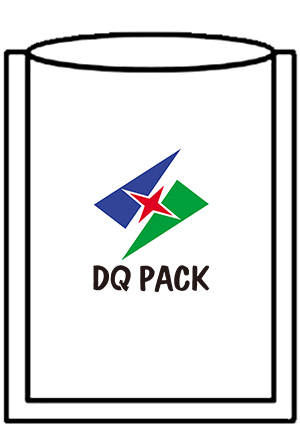

Choosing the Right Mylar Bag for Your Product
- Barrier requirement: Determine acceptable oxygen and moisture ingress for the desired shelf life. Oils and delicate aromas need higher barrier laminates.
- Physical protection: Choose mil-thickness and puncture resistance based on shipping and retail handling.
- Closure & functionality: Zippers and spouts add convenience but can complicate recycling—consider same-polymer components when possible.
- Format & presentation: Use stand-up or flat bottom for retail; flat/vacuum formats for bulk or long-term storage.
- Printing & traceability: Ensure the PET face stock supports your print method, color gamut, and batch coding.
- Regulatory compliance: Confirm inner sealant films meet food-contact or pharma standards.
- Sustainability goals: Ask suppliers about mono-material options, PCR content, and end-of-life handling.
Always validate choices with accelerated shelf-life testing and distribution simulations to confirm performance in real-world conditions.
Sustainability: Compromises and Innovations
Traditional PET/AL/PE laminated structures perform great, but it is challenging to mechanically recycle due to the mixed materials. The packaging sector is finding solutions:
Mono-material PET pouches: Keeping the layers as much in the PET family as possible will allow existing PET recyclers to process it in their current PET recycling stream.
Recyclable barrier coatings: New coatings and compatibilizers are being developed to replace the metallized foil but provide the same barrier properties.
PCR content: Including post-consumer recycled resin content can assist in reducing the amount of virgin plastic use in the package, as well as the overall lifecycle impact.
Designed for disassembly: Zippers and spouts that can either be removed or use polymer families that are the same will improve the recyclability of the pouch.
If circularity is the goal, ask for your technical recyclability data (e.g., recyclability tests, PCR %, etc.) and note that consumer instructions should be clear on the package to minimize contamination.
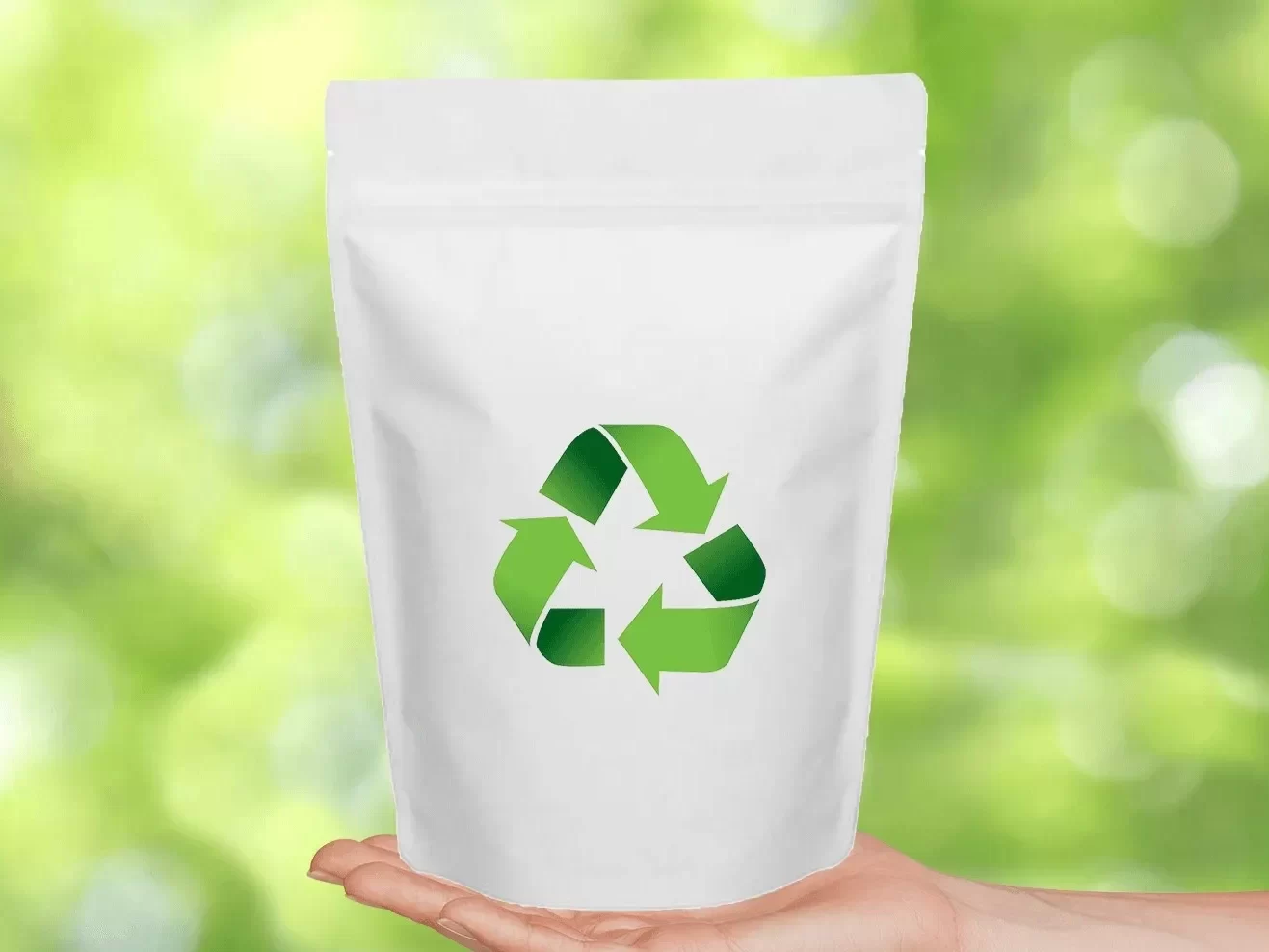
Useful Recommendations for Brands
- Conduct rapid, in-situ shelf-life testing of your product and the laminate you have chosen for your mylar bag.
- If your product is very sensitive to oxygen, include oxygen absorbers (or nitrogen flushing).
- Use the same pouch size across the SKUs in your range to minimize tooling costs while also simplifying your supply chain.
- Request a certificate of analysis (COA) from your suppliers to substantiate the PCR content and barrier testing.
- Provide an unambiguous guide for disposal/recycling on the pouch itself; sorting contamination will be reduced by being clear about this.
- Achieve the optimal trade-off between a better and more biodegradable experience—mono-PET can still look premium with high-quality printing.
Schlussfolgerung
A mylar bag is an effective packaging option when protection, shelf life, and way of brand presentation matter. While some traditional laminates are not recyclable and can complicate recycling, new mono-material designs, recyclable barrier technologies, and increased use of PCR are making packaging more sustainable. Brands can take advantage of the protection that a mylar bag provides while making strides toward more circular packaging solutions by testing materials thoroughly, considering the format and closures for the specific product, and working with suppliers to consider end-of-life performance.
Über DQ PACK

DQ PACK, a führender Hersteller kundenspezifischer flexibler Verpackungen with a strong focus on quality, innovation, and customer satisfaction, is able to offer custom mylar bag solutions that meet the unique packaging needs of different industries—from food and beverages to cosmetic products.
Our production system complies with internationally recognized SOP standards, ensuring every bag/pouch delivers consistent quality and durability. Whether you need a large-scale wholesale mylar bag supply or fully customized flexible Verpackung, DQ PACK provides fast, reliable service and on-time delivery worldwide.

